Scroll for prep

Please wait…
This video is having trouble loading. You may have lost your Internet connection.
Step 1: Click to Reload this page
Step 2: Click to
Try our other video player
Step 3: Contact your teacher if trouble persists.
Or,
dismiss this message.
CONVERSEMOS (1 de 2):
¿Qué crees que sea ese sonido?
CONVERSEMOS (2 de 2):
En donde vives, ¿se escuchan sonidos por la noche? ¿Qué tipos de sonidos?

Please wait…
This video is having trouble loading. You may have lost your Internet connection.
Step 1: Click to Reload this page
Step 2: Click to
Try our other video player
Step 3: Contact your teacher if trouble persists.
Or,
dismiss this message.
CONVERSEMOS:
¿Por qué crees que las ranas hacen tanto ruido por la noche?

Please wait…
This video is having trouble loading. You may have lost your Internet connection.
Step 1: Click to Reload this page
Step 2: Click to
Try our other video player
Step 3: Contact your teacher if trouble persists.
Or,
dismiss this message.
CONVERSEMOS (1 de 2):
¿Cómo podrías averiguar qué tipo de ranas hay en un estanque sin tener que atraparlas?
CONVERSEMOS (2 de 2):
Si quisieras comparar las ranas de dos estanques diferentes para saber qué estanque tiene más ranas, ¿Qué podrías hacer?

Please wait…
This video is having trouble loading. You may have lost your Internet connection.
Step 1: Click to Reload this page
Step 2: Click to
Try our other video player
Step 3: Contact your teacher if trouble persists.
Or,
dismiss this message.

Please wait…
This video is having trouble loading. You may have lost your Internet connection.
Step 1: Click to Reload this page
Step 2: Click to
Try our other video player
Step 3: Contact your teacher if trouble persists.
Or,
dismiss this message.
Paso
01/13
01/13
Forma un grupo de cuatro. Trabajarán juntos. Si no estás en una clase,
puedes trabajar solo/a.
puedes trabajar solo/a.

Please wait…
This video is having trouble loading. You may have lost your Internet connection.
Step 1: Click to Reload this page
Step 2: Click to
Try our other video player
Step 3: Contact your teacher if trouble persists.
Or,
dismiss this message.
Paso
02/13
02/13
Ten estos útiles listos.

Please wait…
This video is having trouble loading. You may have lost your Internet connection.
Step 1: Click to Reload this page
Step 2: Click to
Try our other video player
Step 3: Contact your teacher if trouble persists.
Or,
dismiss this message.
Paso
03/13
03/13
Escucha. Platica con tu grupo sobre el sonido. Escribe algunas
palabras que te ayuden a acordarte del sonido.
palabras que te ayuden a acordarte del sonido.

Please wait…
This video is having trouble loading. You may have lost your Internet connection.
Step 1: Click to Reload this page
Step 2: Click to
Try our other video player
Step 3: Contact your teacher if trouble persists.
Or,
dismiss this message.
Paso
04/13
04/13
Escucha. Platica con tu grupo sobre el sonido. Escribe algunas
palabras que te ayuden a acordarte del sonido.
palabras que te ayuden a acordarte del sonido.

Please wait…
This video is having trouble loading. You may have lost your Internet connection.
Step 1: Click to Reload this page
Step 2: Click to
Try our other video player
Step 3: Contact your teacher if trouble persists.
Or,
dismiss this message.
Paso
05/13
05/13
Escucha. Platica con tu grupo sobre el sonido. Escribe algunas
palabras que te ayuden a acordarte del sonido.
palabras que te ayuden a acordarte del sonido.

Please wait…
This video is having trouble loading. You may have lost your Internet connection.
Step 1: Click to Reload this page
Step 2: Click to
Try our other video player
Step 3: Contact your teacher if trouble persists.
Or,
dismiss this message.
Paso
06/13
06/13
Escucha. Platica con tu grupo sobre el sonido. Escribe algunas
palabras que te ayuden a acordarte del sonido.
palabras que te ayuden a acordarte del sonido.

Please wait…
This video is having trouble loading. You may have lost your Internet connection.
Step 1: Click to Reload this page
Step 2: Click to
Try our other video player
Step 3: Contact your teacher if trouble persists.
Or,
dismiss this message.
Paso
07/13
07/13
Escucha. Platica con tu grupo sobre el sonido. Escribe algunas
palabras que te ayuden a acordarte del sonido.
palabras que te ayuden a acordarte del sonido.

Please wait…
This video is having trouble loading. You may have lost your Internet connection.
Step 1: Click to Reload this page
Step 2: Click to
Try our other video player
Step 3: Contact your teacher if trouble persists.
Or,
dismiss this message.
Paso
08a/13
08a/13
Reto #1: Fíjate en tu lista de los sonidos que hacen las ranas y escucha. ¿Qué rana es? Contesta la pregunta #2 en tu hoja.

Please wait…
This video is having trouble loading. You may have lost your Internet connection.
Step 1: Click to Reload this page
Step 2: Click to
Try our other video player
Step 3: Contact your teacher if trouble persists.
Or,
dismiss this message.
Paso
08b/13
08b/13
Reto #1: Es una rana crucífera. A mí se me hizo que sonaba como si dijera “cheep” o “peep”.

Please wait…
This video is having trouble loading. You may have lost your Internet connection.
Step 1: Click to Reload this page
Step 2: Click to
Try our other video player
Step 3: Contact your teacher if trouble persists.
Or,
dismiss this message.
Paso
09a/13
09a/13
Reto #2: Fíjate en tu lista de los sonidos que hacen las ranas y escucha. ¿Qué rana es? Contesta la pregunta #3 en tu hoja.

Please wait…
This video is having trouble loading. You may have lost your Internet connection.
Step 1: Click to Reload this page
Step 2: Click to
Try our other video player
Step 3: Contact your teacher if trouble persists.
Or,
dismiss this message.
Paso
09b/13
09b/13
Reto #2: Es una rana leopardo. A mí se me hace que suena como si estuviera gruñendo.

Please wait…
This video is having trouble loading. You may have lost your Internet connection.
Step 1: Click to Reload this page
Step 2: Click to
Try our other video player
Step 3: Contact your teacher if trouble persists.
Or,
dismiss this message.
Paso
10a/13
10a/13
ESTANQUE OAKWOOD: Escucha. Marca que ranas escuchas en la pregunta #4 en tu hoja.

Please wait…
This video is having trouble loading. You may have lost your Internet connection.
Step 1: Click to Reload this page
Step 2: Click to
Try our other video player
Step 3: Contact your teacher if trouble persists.
Or,
dismiss this message.
Paso
10b/13
10b/13
Escucha otra vez. ¿Puedes escuchar a las ranas crucíferas
y a las ranas de bosque?
y a las ranas de bosque?

Please wait…
This video is having trouble loading. You may have lost your Internet connection.
Step 1: Click to Reload this page
Step 2: Click to
Try our other video player
Step 3: Contact your teacher if trouble persists.
Or,
dismiss this message.
Paso
11a/13
11a/13
LAGO SWEDE: Escucha. Marca que ranas escuchas en la pregunta #4 en tu hoja.

Please wait…
This video is having trouble loading. You may have lost your Internet connection.
Step 1: Click to Reload this page
Step 2: Click to
Try our other video player
Step 3: Contact your teacher if trouble persists.
Or,
dismiss this message.
Paso
11b/13
11b/13
Escucha otra vez. ¿Puedes oír a las ranas crucíferas, las ranas leopardo, los sapos americanos, y las ranas toro americanas?

Please wait…
This video is having trouble loading. You may have lost your Internet connection.
Step 1: Click to Reload this page
Step 2: Click to
Try our other video player
Step 3: Contact your teacher if trouble persists.
Or,
dismiss this message.
Paso
12/13
12/13
Conversemos:

Please wait…
This video is having trouble loading. You may have lost your Internet connection.
Step 1: Click to Reload this page
Step 2: Click to
Try our other video player
Step 3: Contact your teacher if trouble persists.
Or,
dismiss this message.
Paso
12/13
12/13
Conversemos:

Please wait…
This video is having trouble loading. You may have lost your Internet connection.
Step 1: Click to Reload this page
Step 2: Click to
Try our other video player
Step 3: Contact your teacher if trouble persists.
Or,
dismiss this message.

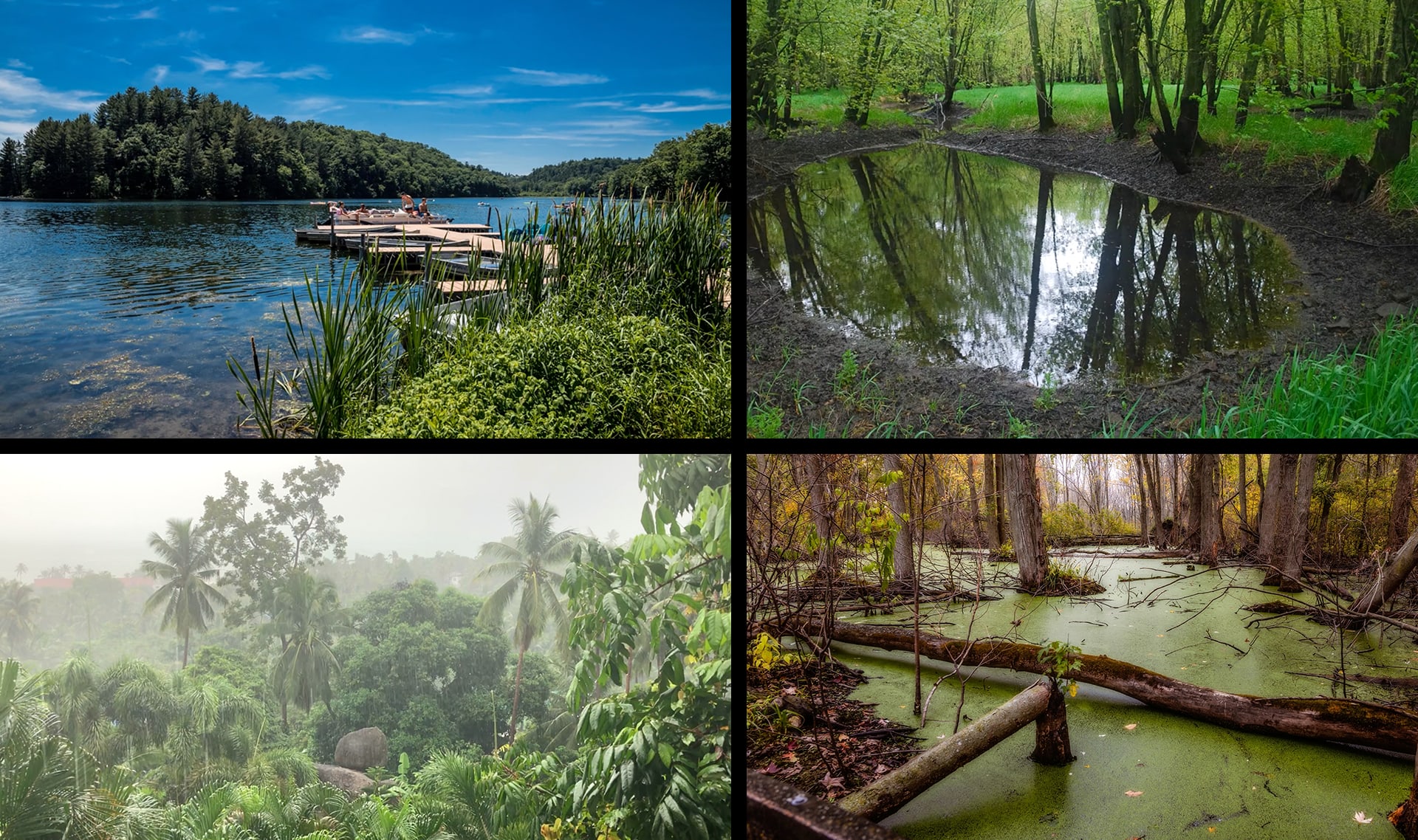
hábitat
1 de 11
el lugar donde vive un animal o una planta
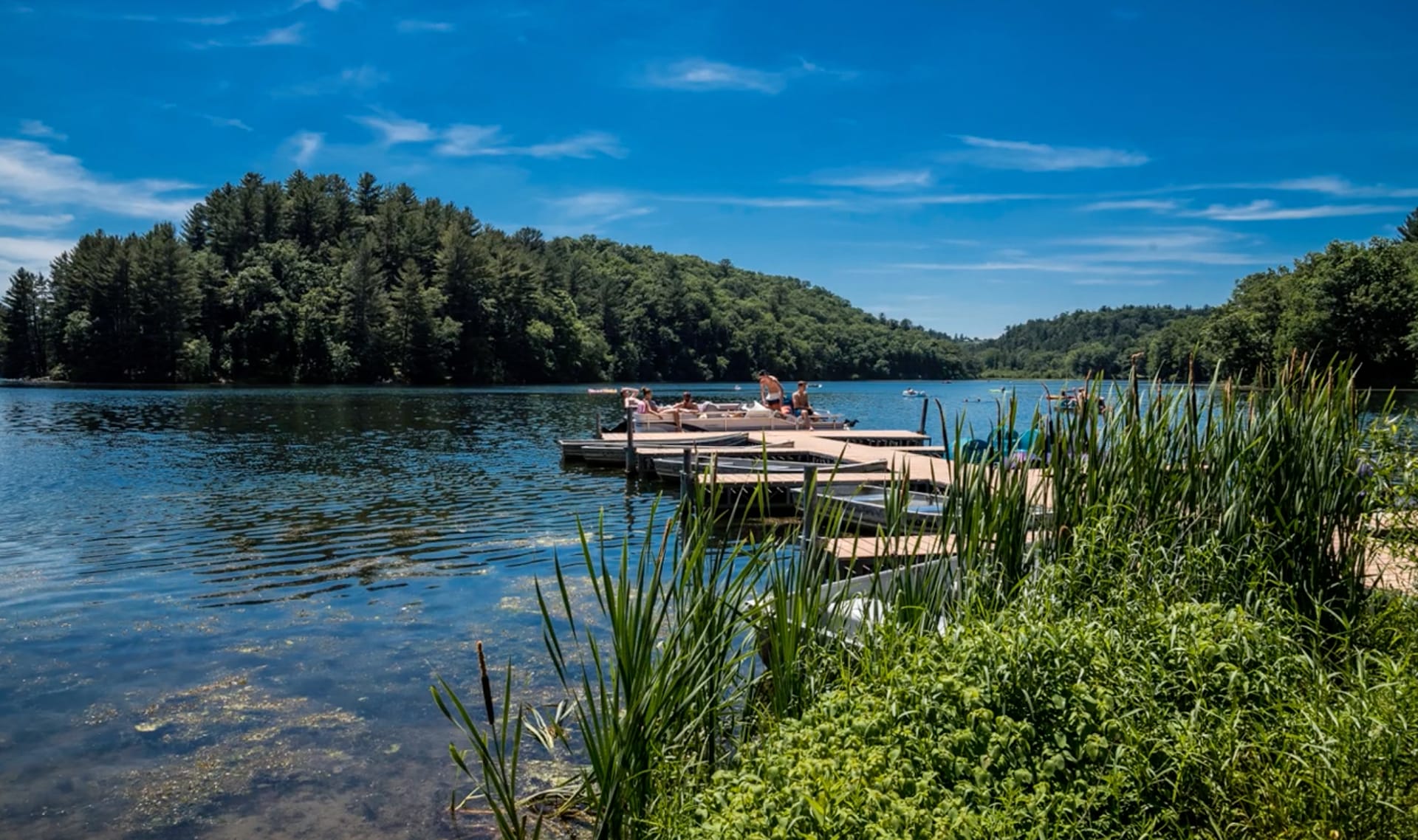
lago
2 de 11
un área grande de agua rodeada de tierra por todos lados

estanque
3 de 11
un área de agua que no corre y que es más grande que un charco pero más pequeña que un lago
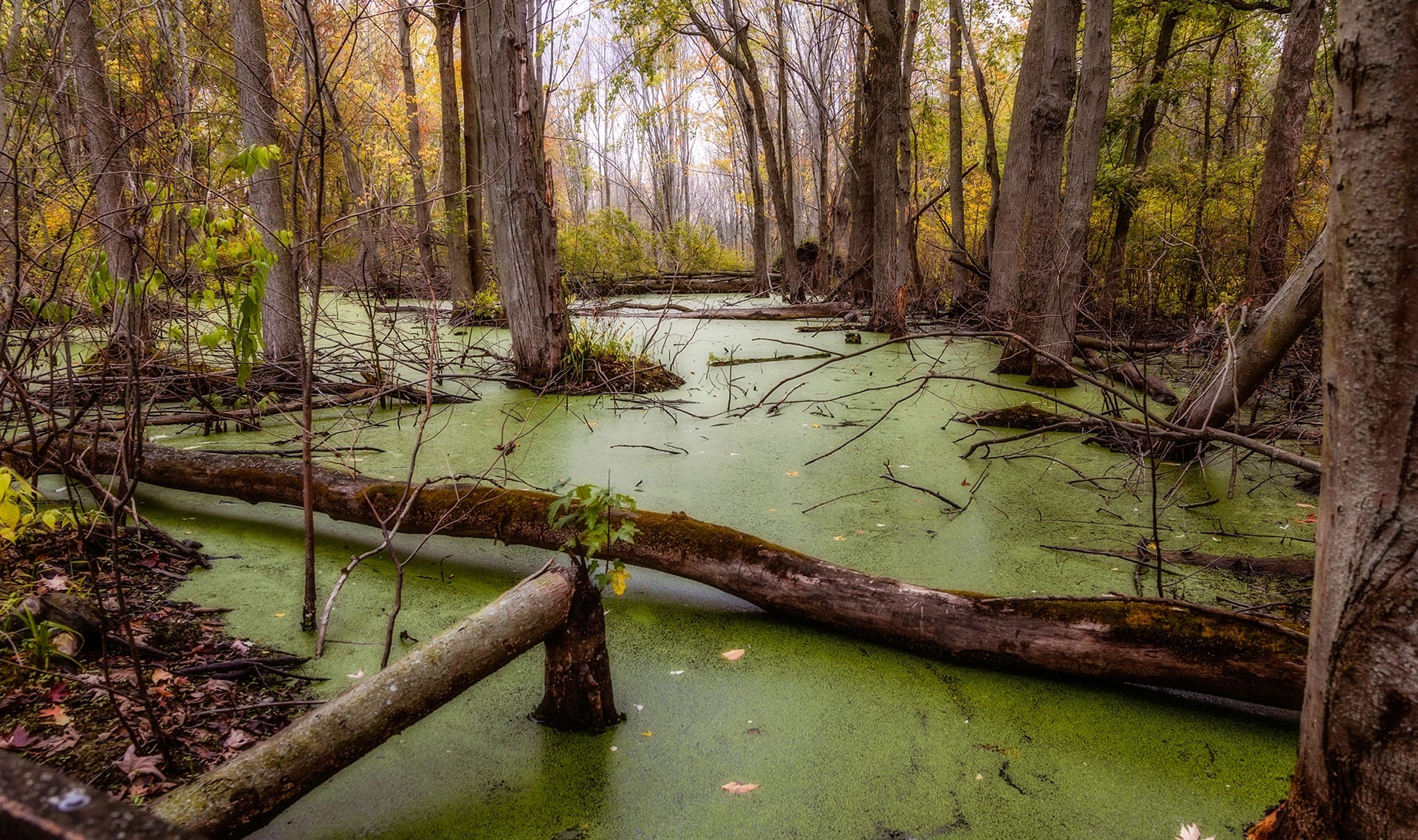
pantano
4 de 11
un tipo de hábitat con árboles que está cubierto de agua
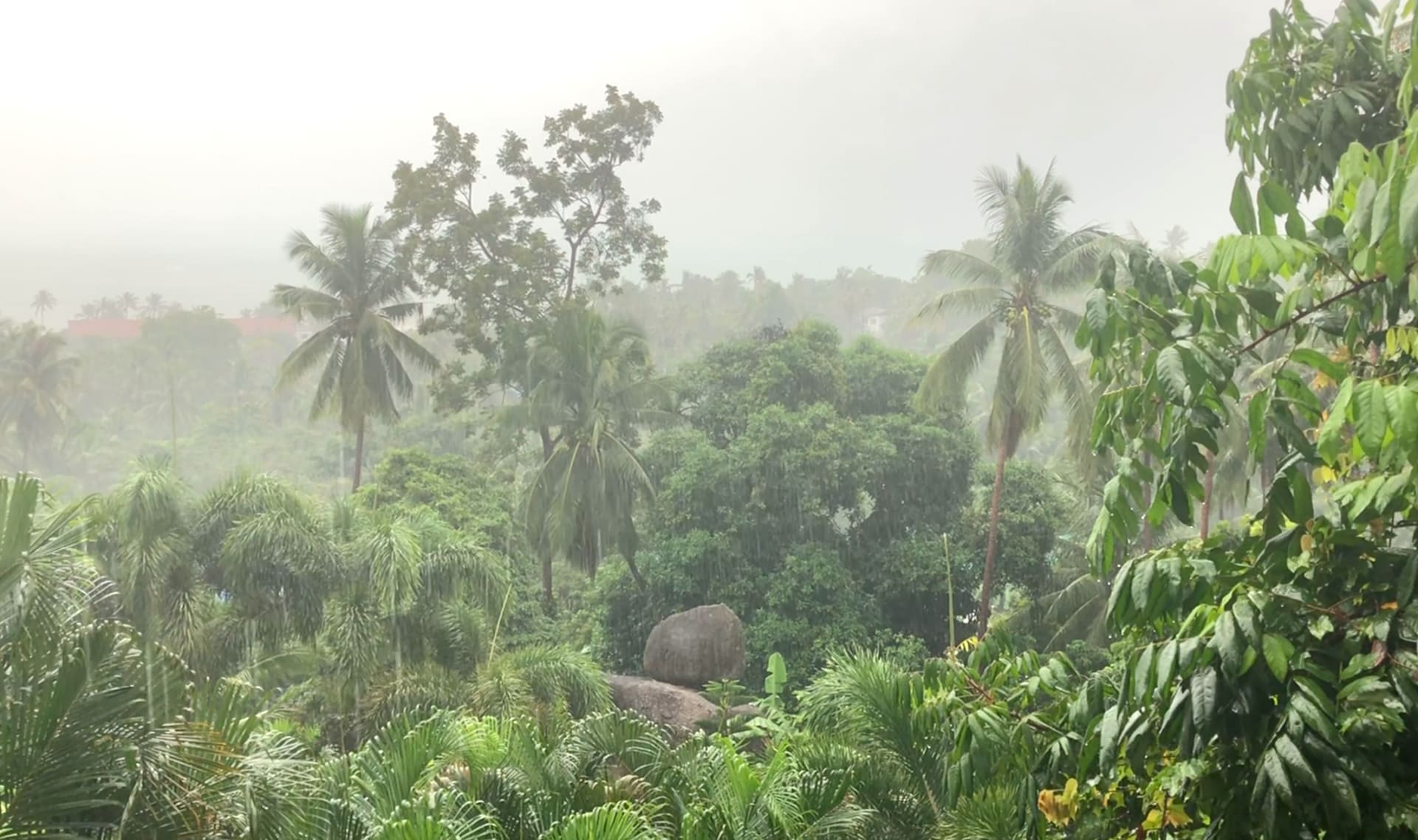
selva tropical
5 de 11
un hábitat con temperaturas cálidas y que recibe mucha lluvia
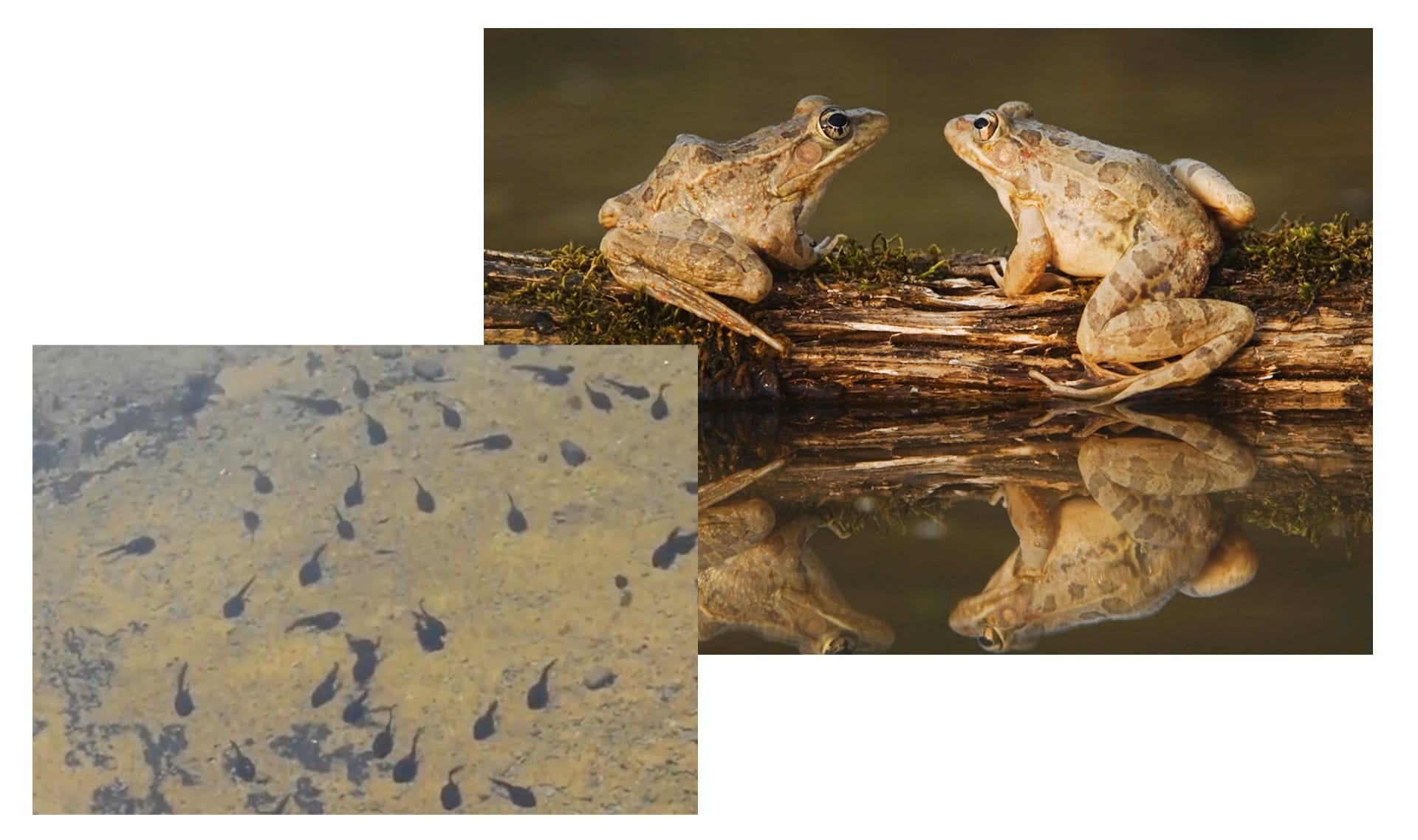
anfibio
6 de 11
un grupo de animales que pasan parte de su vida en el agua y parte de su vida en la tierra, como las ranas y los sapos

Please wait…
This video is having trouble loading. You may have lost your Internet connection.
Step 1: Click to Reload this page
Step 2: Click to
Try our other video player
Step 3: Contact your teacher if trouble persists.
Or,
dismiss this message.
comunicarse
7 de 11
dar y recibir información

Please wait…
This video is having trouble loading. You may have lost your Internet connection.
Step 1: Click to Reload this page
Step 2: Click to
Try our other video player
Step 3: Contact your teacher if trouble persists.
Or,
dismiss this message.
vibrar
8 de 11
moverse rápidamente de un lado a otro
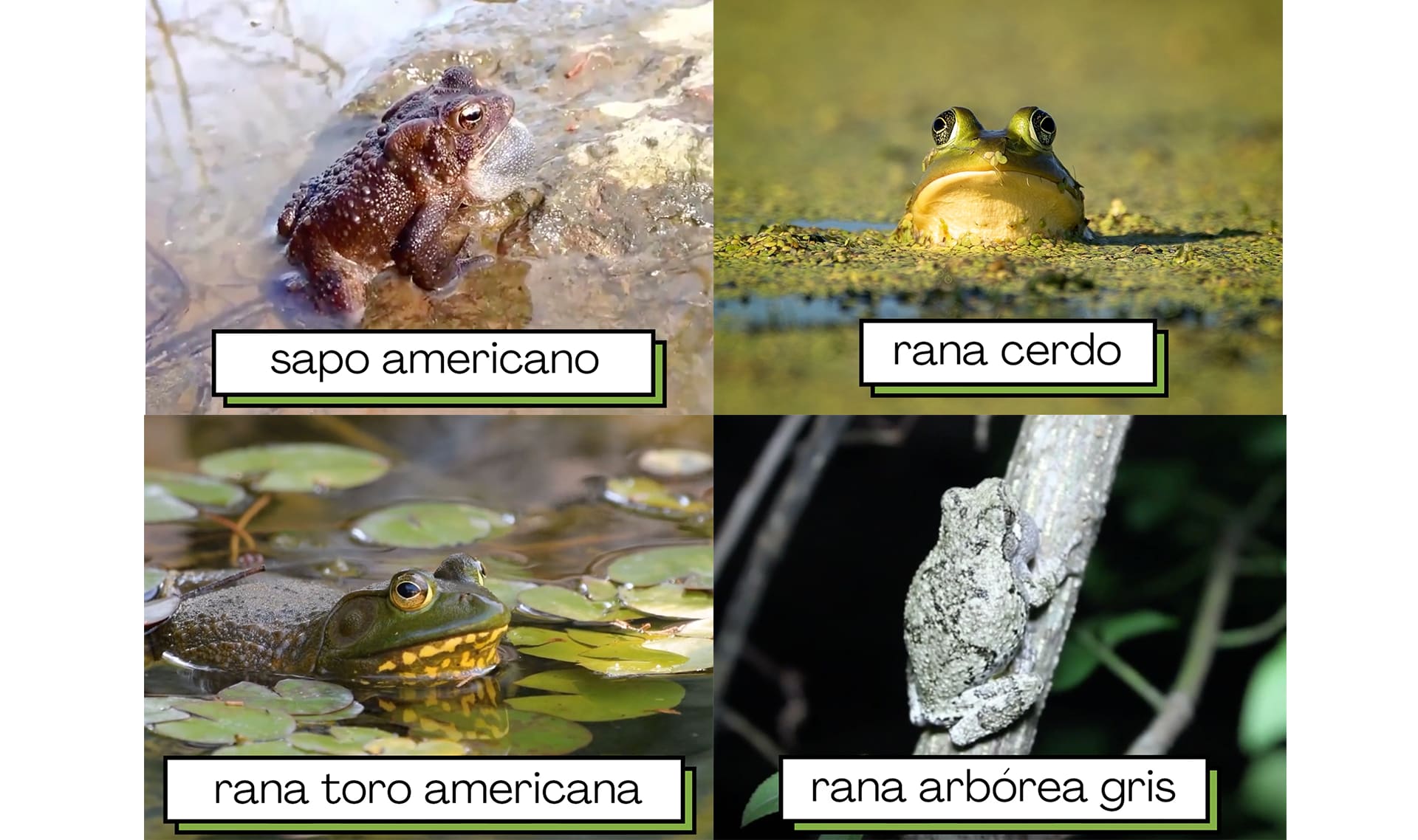
especie
9 de 11
un tipo específico de seres vivos

Please wait…
This video is having trouble loading. You may have lost your Internet connection.
Step 1: Click to Reload this page
Step 2: Click to
Try our other video player
Step 3: Contact your teacher if trouble persists.
Or,
dismiss this message.
identificar
10 de 11
averiguar lo que algo es o quién es
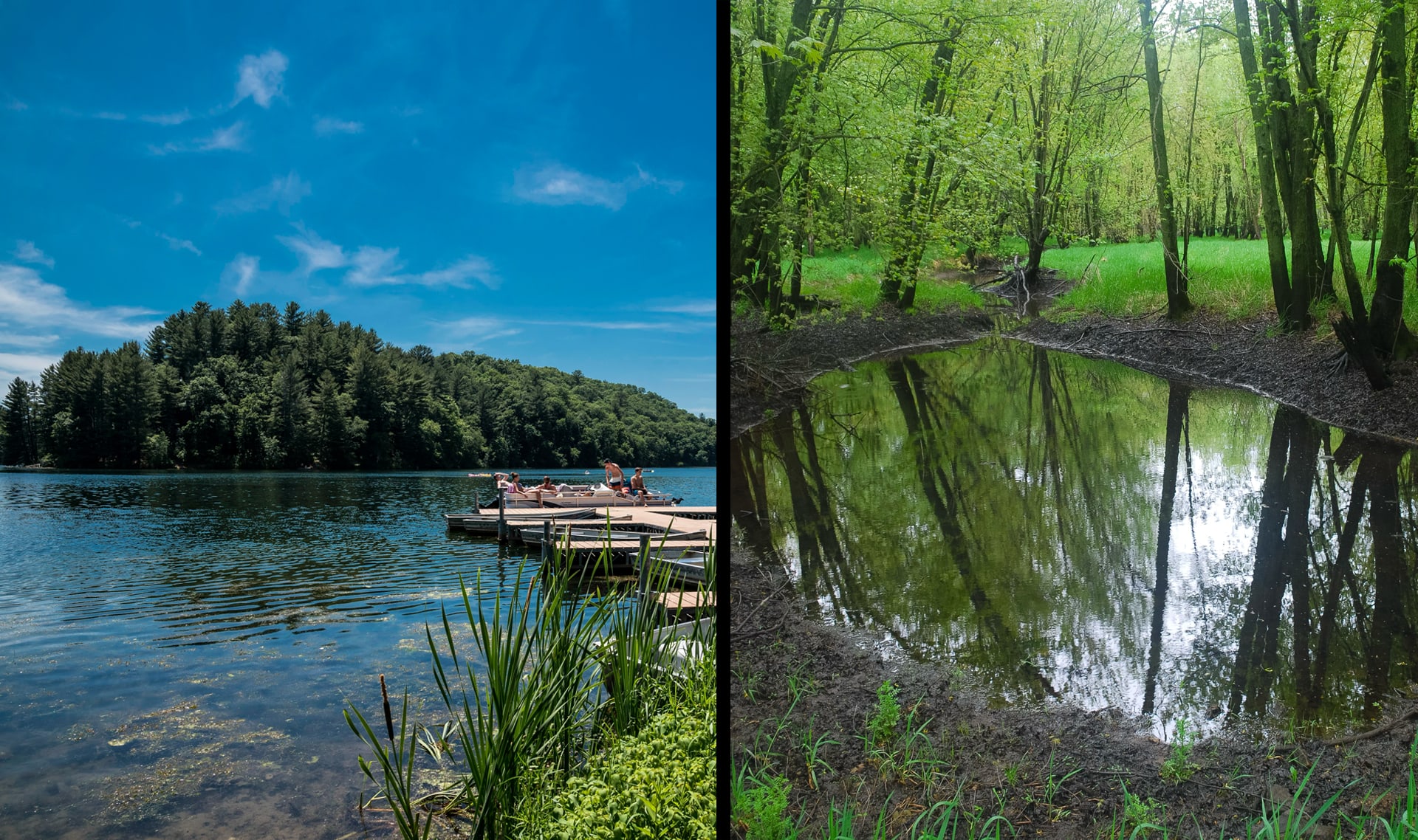
comparar
11 de 11
observar en qué se parecen y cómo son diferentes varias cosas



